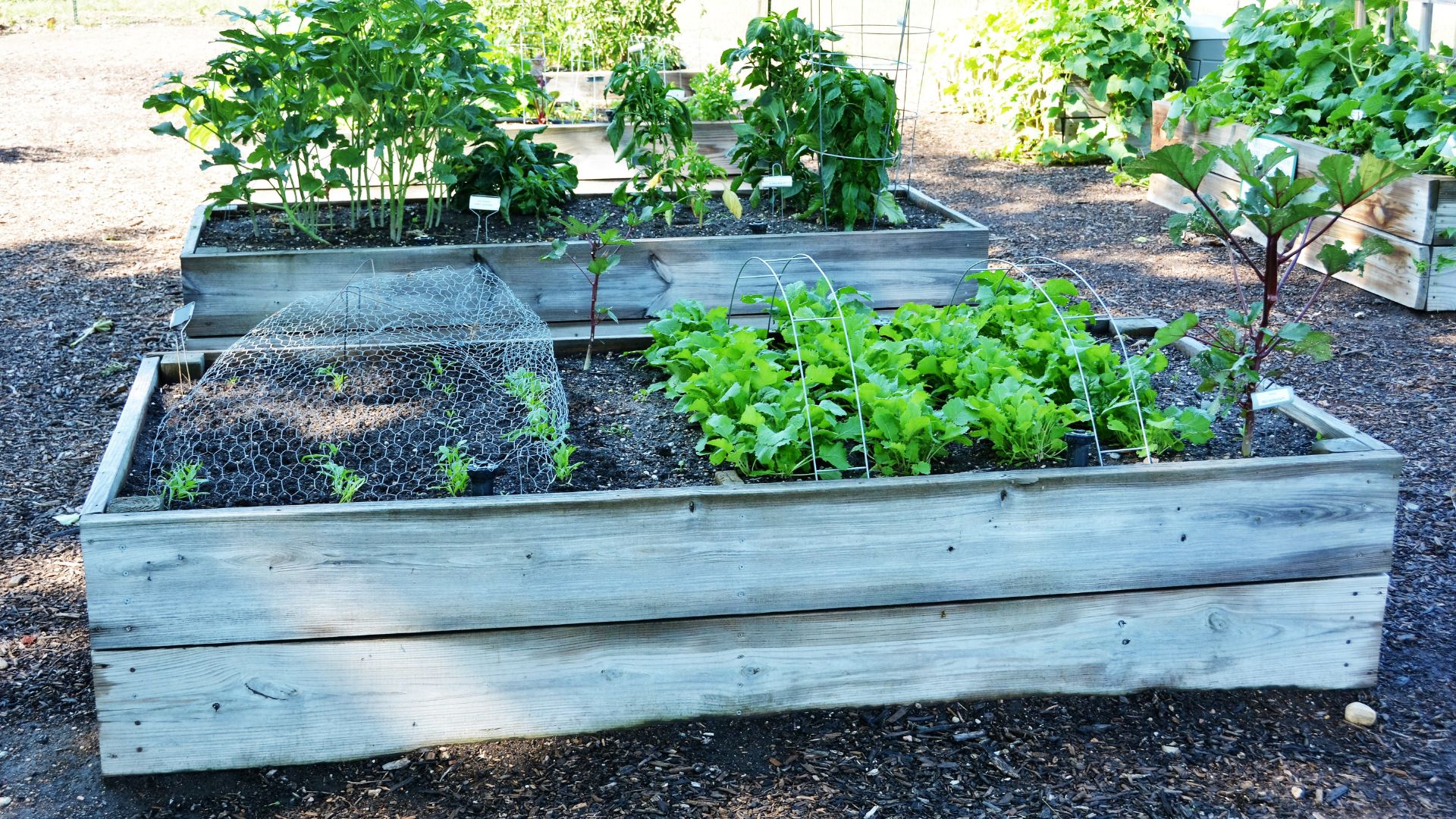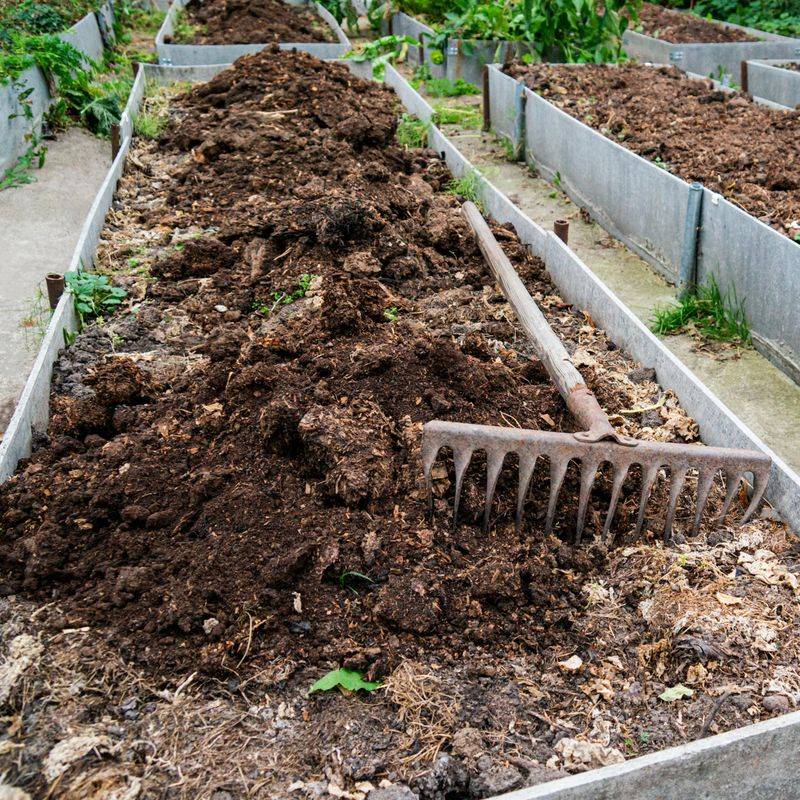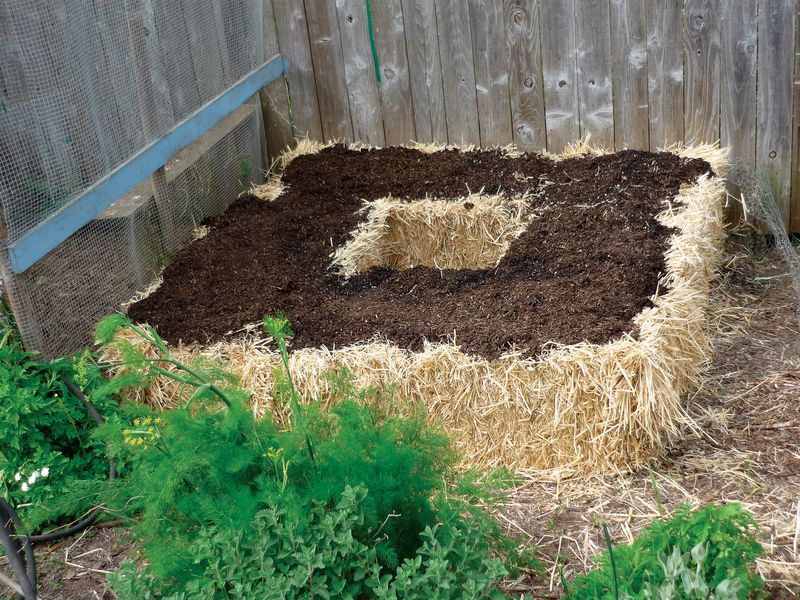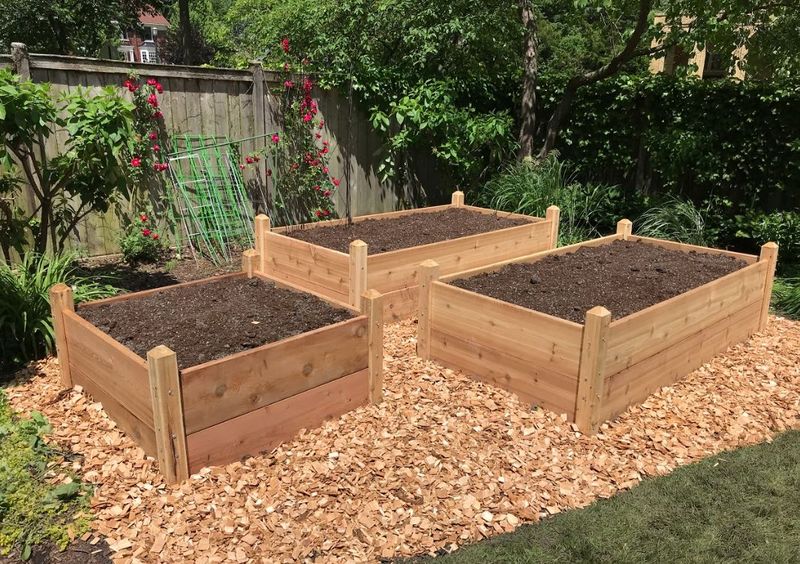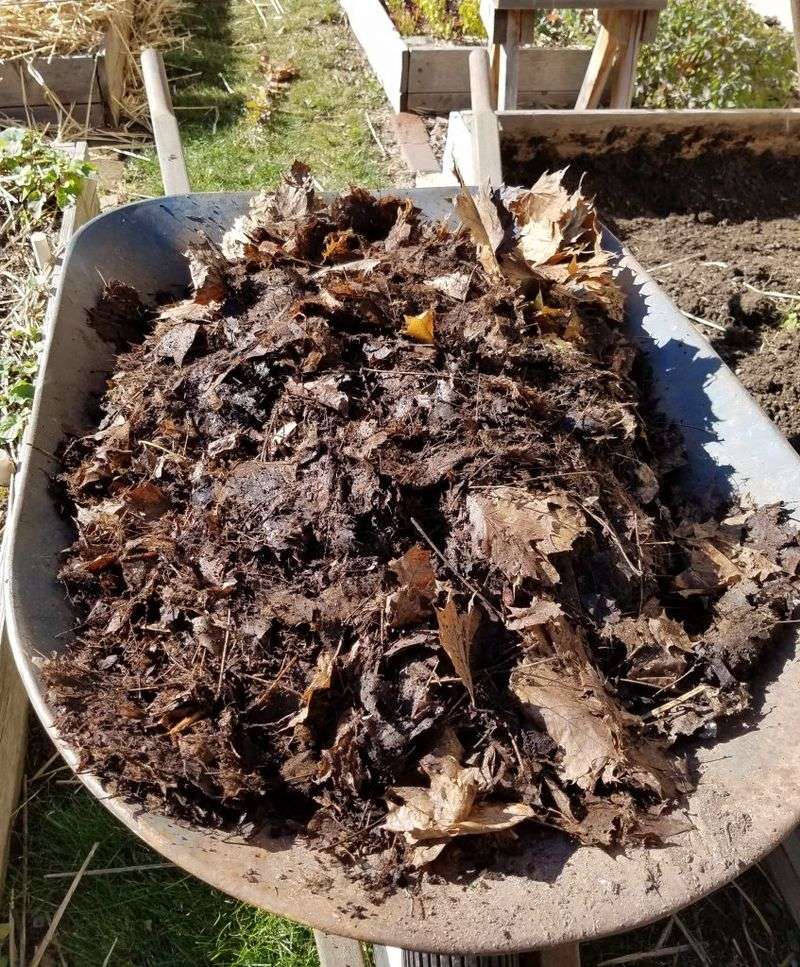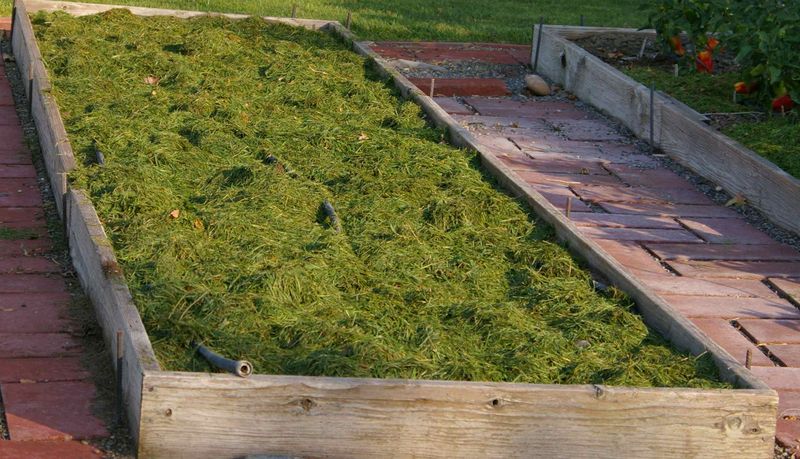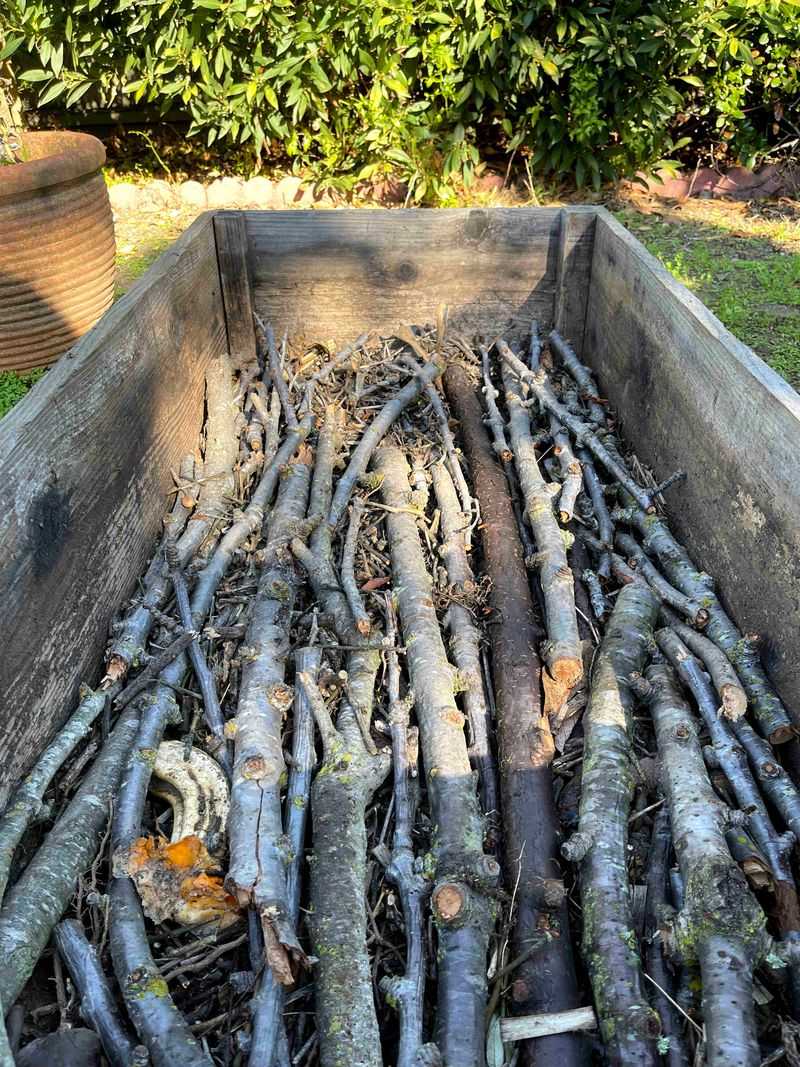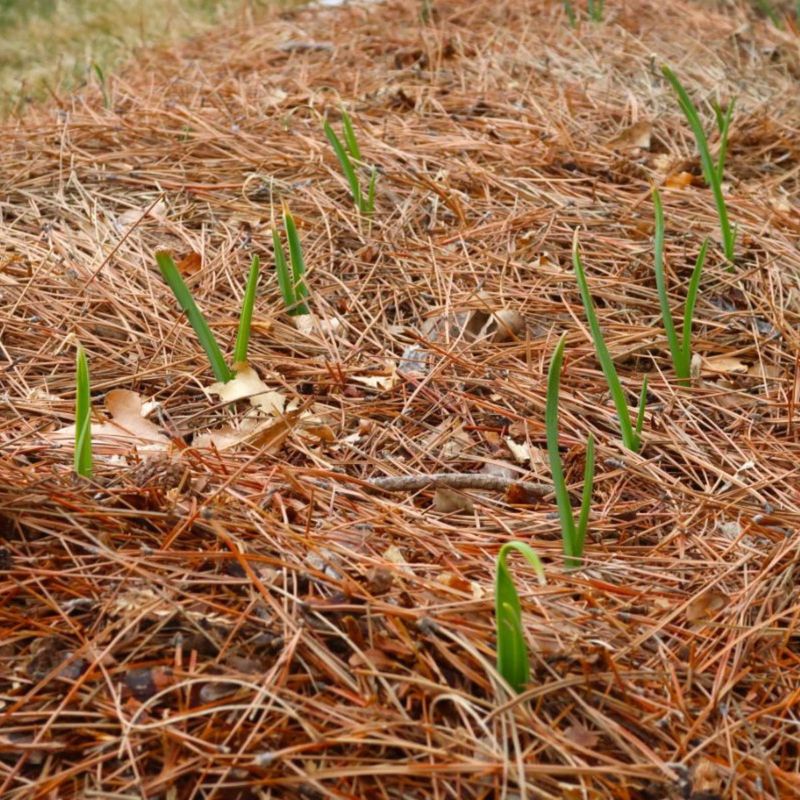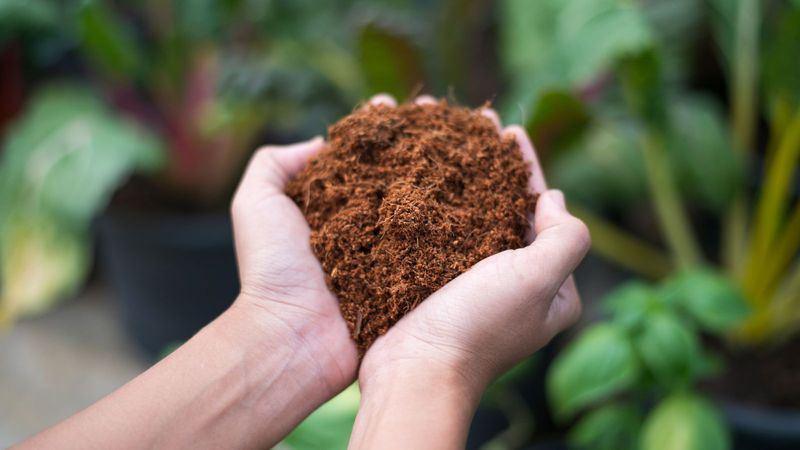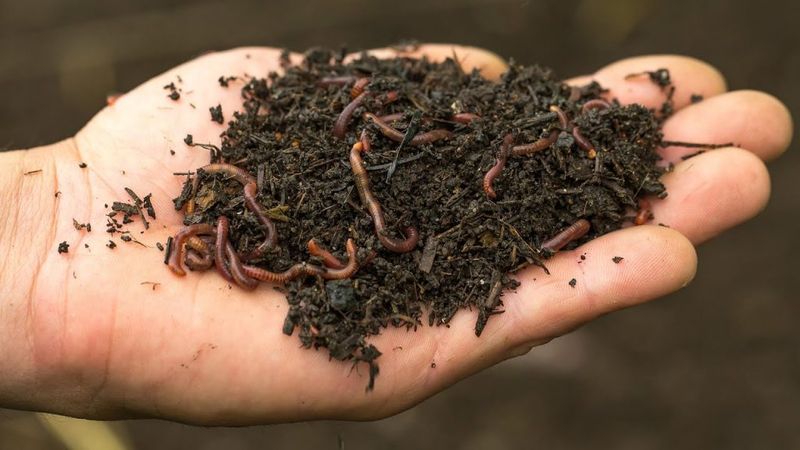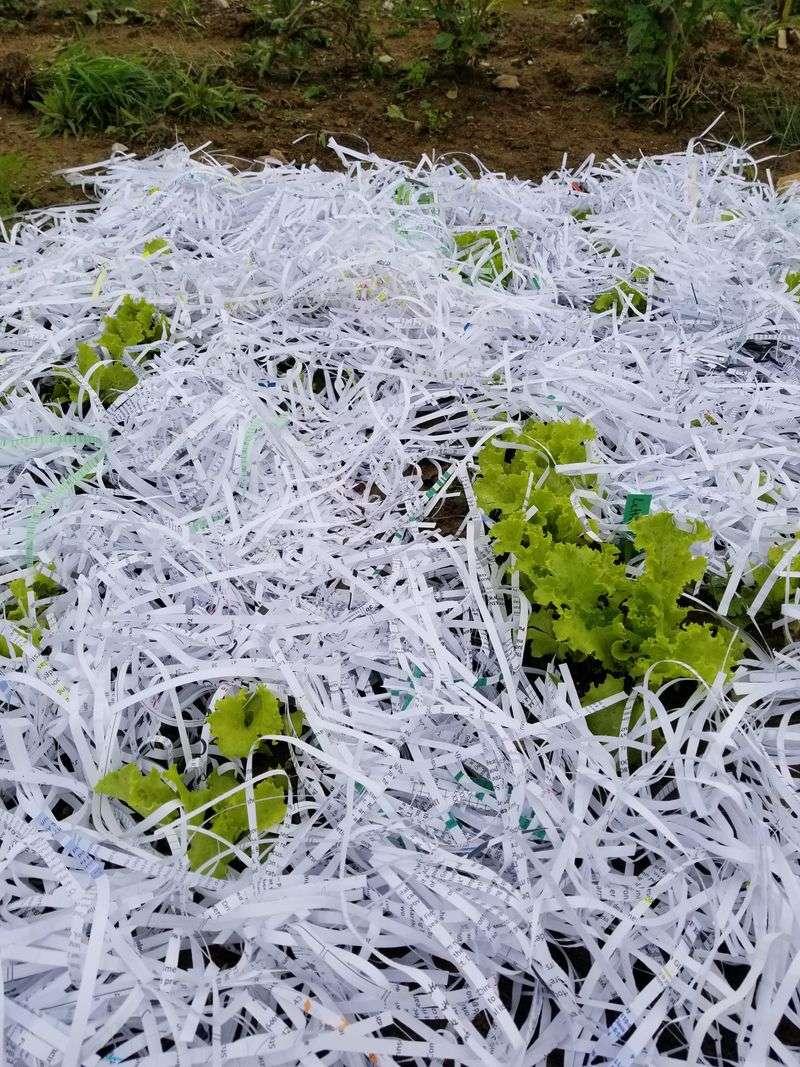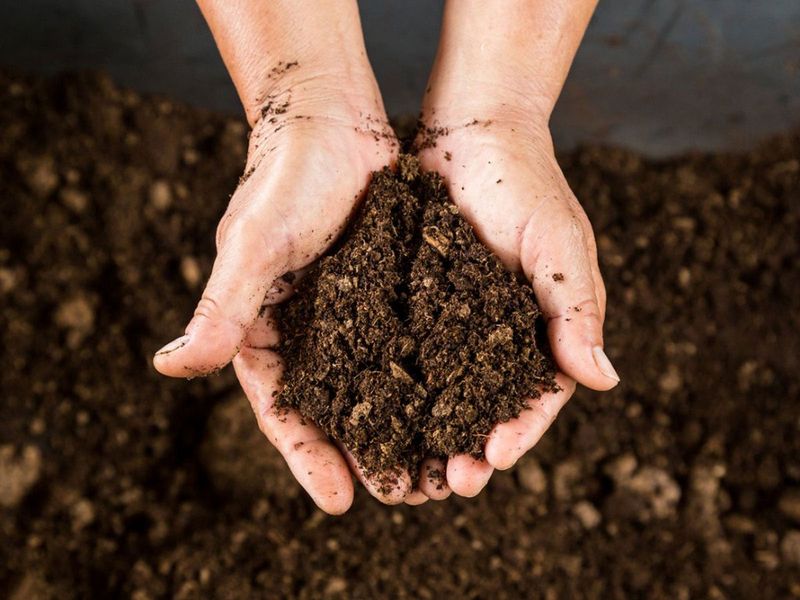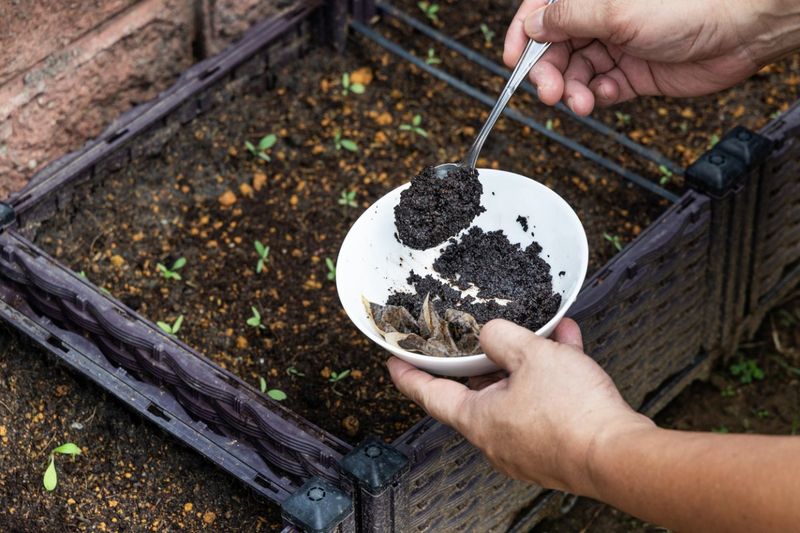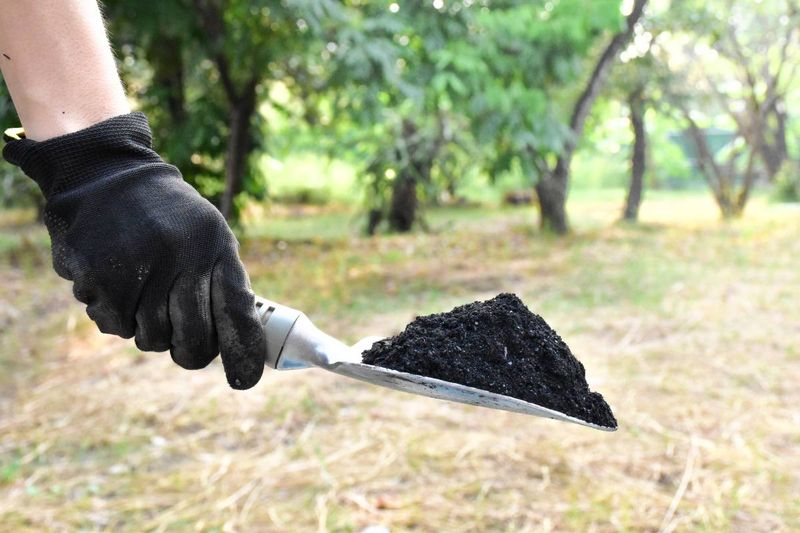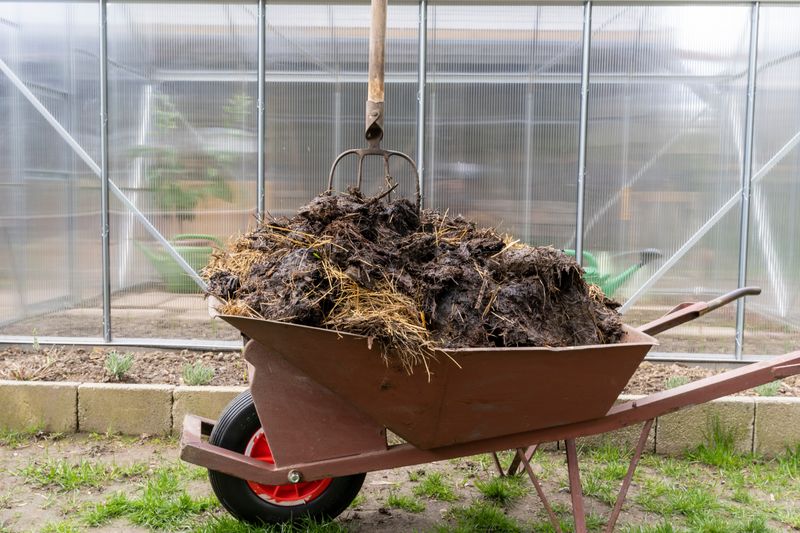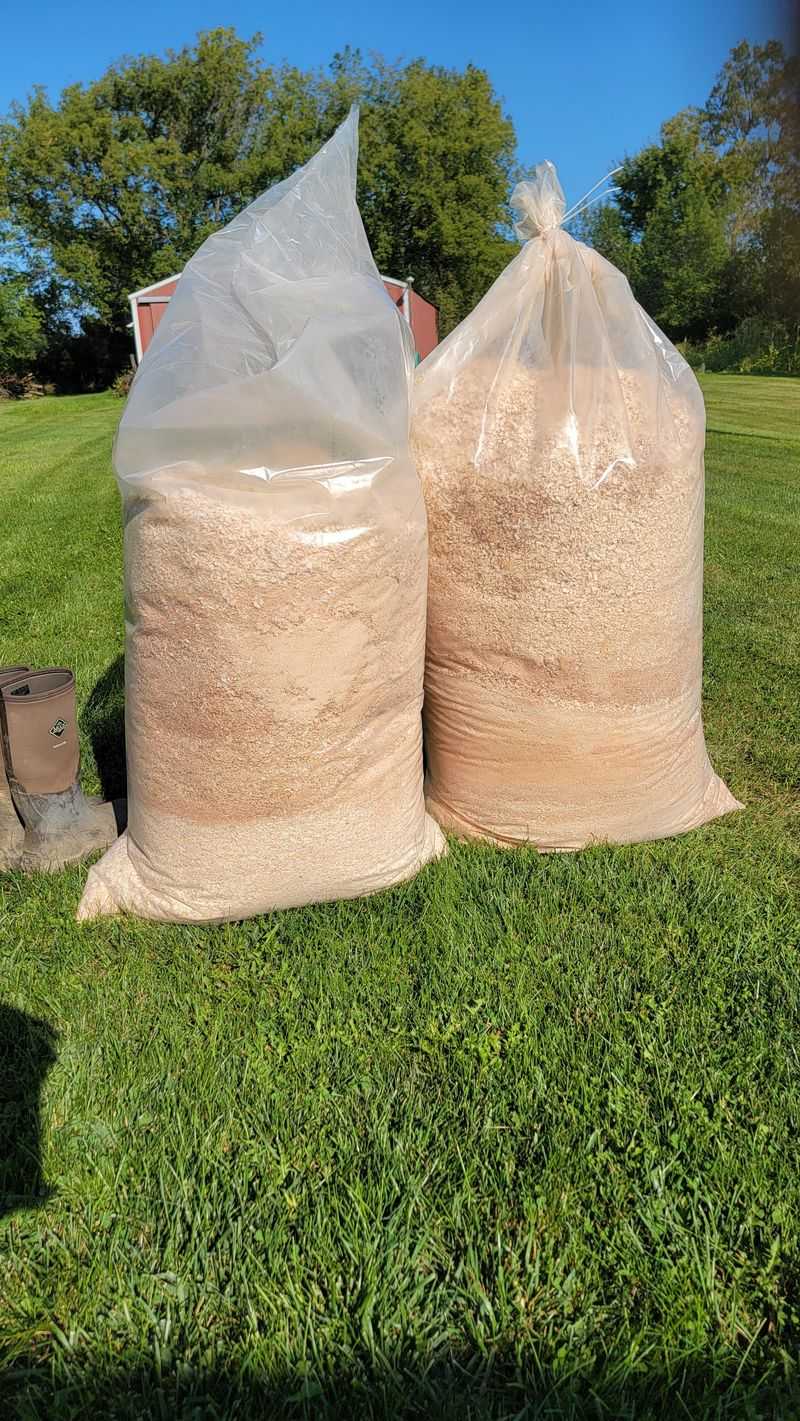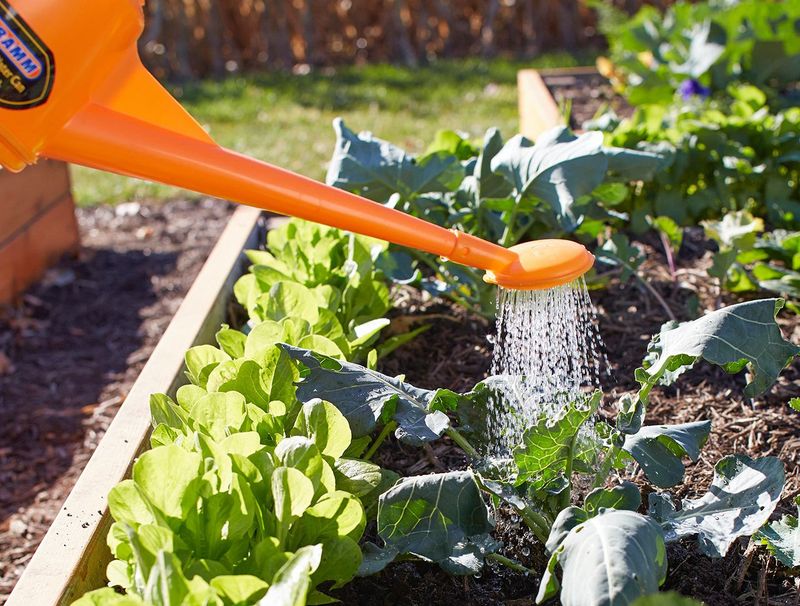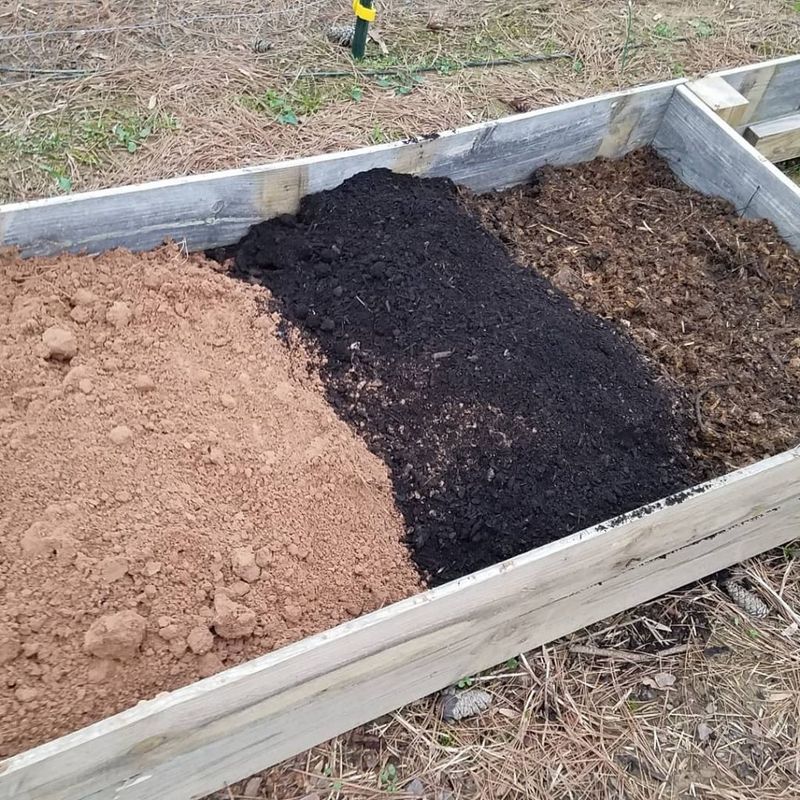Gardening enthusiasts often find themselves looking for creative ways to enhance their raised beds without resorting to traditional soil. Whether you’re aiming to improve drainage, boost nutrient content, or simply experiment with new materials, there are plenty of options available.
We’ll explore some innovative methods to top up your raised beds, along with common pitfalls to steer clear of. These approaches are designed to cater to various gardening needs, ensuring a thriving and productive garden.
Each method is offering practical tips and insights to elevate your gardening experience.
1. Compost Layering
Compost layering offers a sustainable way to enrich raised beds. By adding alternating layers of green and brown compost materials, you create a rich and fertile environment. This method enhances nutrient content and improves water retention.
Consider using kitchen scraps, grass clippings, and shredded leaves. Composting not only reduces waste but also promotes healthy plant growth. Regularly turning the layers ensures even decomposition and aeration.
This technique is cost-effective and accessible for any gardener. Embrace the natural cycle of decomposition to boost your garden’s vitality.
2. Straw Bale Filling
This is an excellent medium for raised beds. As they decompose, they release nutrients, enriching the soil structure. Straw provides excellent drainage and aeration, crucial for root development.
Place tightly packed bales within the bed, then water them thoroughly. Top with mulch or compost to enhance the nutrient profile. This approach is particularly suited for large beds.
As the bales break down, they create a warm, nurturing environment for plants. Enjoy the rustic charm and practicality of this method in your garden.
3. Wood Chips And Mulch
Wood chips and mulch combine aesthetics with functionality. Their use in raised beds enhances moisture retention and suppresses weeds. Choose organic, untreated wood chips to avoid chemical residues.
Layer them thickly, allowing the natural breakdown to enrich the bed. Wood chips add structure and aeration, making them ideal for supporting plant roots. They are also visually appealing, blending seamlessly into the garden landscape.
This method suits those looking for a low-maintenance solution to improve their garden’s health while adding organic matter gradually.
4. Leaf Mold Application
Leaf mold, rich in organic matter, is a gardener’s treasure. Created by decomposing leaves, it improves soil structure and fertility. To apply, collect leaves in autumn and store them until they break down into a dark, crumbly consistency.
Spread a generous layer over your raised bed, enhancing moisture retention and microbial activity. Leaf mold supports beneficial organisms, promoting a balanced ecosystem.
It’s an eco-friendly choice that recycles garden waste into a valuable resource. This method suits gardeners seeking a natural way to boost their beds.
5. Grass Clipping Layers
These are a readily available, nutrient-rich option for raised beds. They quickly decompose, releasing nitrogen to fuel plant growth. Apply fresh clippings in thin layers, allowing air circulation to prevent matting.
Over time, they enrich the soil, improving water retention and fertility. This method is both cost-effective and eco-friendly, recycling lawn waste into garden wealth.
Regular application can enhance the microbial activity in the soil. Be mindful to avoid using clippings treated with pesticides. Enjoy the results of this simple, natural technique.
6. Hugelkultur Method
Hugelkultur involves building raised beds with layers of logs, branches, and organic matter. This technique creates a rich, self-sustaining ecosystem. Logs decompose slowly, providing nutrients over time and retaining moisture.
Start with larger logs at the base, covering them with smaller branches, leaves, and compost. This method is ideal for those looking to build a durable, long-lasting bed.
As the wood decays, it supports healthy plant growth. Hugelkultur mimics natural forest floors, making it a unique and sustainable choice for gardeners.
7. Pine Needles Usage
Pine needles offer a lightweight and acidic option for topping up raised beds. They provide excellent drainage and are slow to decompose, making them a lasting choice.
Spread them evenly to create a natural mulch, enhancing water retention and weed control. Pine needles are particularly beneficial for acid-loving plants. Their aromatic scent also deters certain pests.
This method adds a rustic, woodland charm to your garden. As they break down, pine needles contribute organic matter, gradually enriching the soil.
8. Coconut Coir Addition
This is an eco-friendly alternative to peat moss, perfect for moisture retention. Made from coconut husks, it’s lightweight and easy to handle. Coir improves soil aeration and supports root growth.
To use, soak the coir bricks in water until they expand, then layer them in your raised bed. This renewable resource is ideal for sustainable gardening.
Its neutral pH makes it suitable for various plants. Enjoy the balance and structure coconut coir brings to your garden with this modern, environmentally conscious method.
9. Vermicompost Integration
Vermicompost, the result of earthworm activity, is a nutrient powerhouse for raised beds. These tiny workers break down organic waste into rich, fertile compost. Add vermicompost in thin layers, mixing it with existing material for even distribution.
This method boosts nutrient availability and soil structure. Vermicompost enhances plant health, promoting vigorous growth. Its use supports sustainable gardening practices by recycling kitchen waste.
Incorporating vermicompost is an easy and rewarding way to enrich your garden without relying on traditional soil.
10. Shredded Paper Mulch
Shredded paper mulch offers an innovative way to top up raised beds. It aids in moisture retention and weed suppression. Use non-glossy, chemical-free paper for best results.
Layer it thickly, allowing worms and microorganisms to break it down over time. As the paper decomposes, it adds organic matter, enhancing soil health. This method is both cost-effective and eco-friendly, repurposing waste materials.
Enjoy the simplicity of using shredded paper, a creative solution for those seeking alternatives to traditional mulch in their garden beds.
11. Peat Moss Supplement
This is a popular addition to raised beds, known for its excellent moisture retention. It improves soil structure, creating a welcoming environment for roots.
Spread it evenly across the bed, mixing it with other organic materials for balanced growth. Peat moss is lightweight and easy to work with, making it accessible for gardeners of all levels.
Although it’s not a renewable resource, its benefits in retaining moisture and nutrients are well-regarded. Consider peat moss for a classic approach to enriching your garden.
12. Coffee Grounds Enrichment
These are a fantastic, nitrogen-rich addition to raised beds. They improve soil texture and encourage microbial activity. Scatter them lightly across the surface, mixing them into the top layer.
Coffee grounds enhance drainage and attract beneficial earthworms. This method is perfect for those looking to recycle kitchen waste into gardening gold.
The rich, dark color of coffee grounds adds visual contrast to your garden. With regular application, your plants will benefit from the slow release of nutrients, promoting healthy, robust growth.
13. Biochar Use
Biochar, a form of charcoal, enhances soil fertility and structure. Made by burning organic material in a low-oxygen environment, it retains carbon and improves nutrient availability.
Spread biochar evenly across your raised bed, mixing it with compost for best results. This method boosts microbial activity and enhances water retention. Biochar’s long-lasting effects make it a sustainable option for gardeners.
It also helps in reducing greenhouse gases by locking carbon in the soil. Experience the benefits of biochar, a modern twist on ancient agricultural practices.
14. Manure Incorporation
This is a traditional, nutrient-rich option for raised beds. It enhances soil fertility and structure, promoting healthy plant growth. Use well-aged manure to avoid burning plants.
Spread it evenly across the bed, mixing it thoroughly with other materials. Manure improves water retention and supports beneficial microbial activity.
This method is ideal for those seeking a natural, organic way to enrich their garden. Enjoy the green results that come from incorporating manure, a tried-and-true gardening staple.
15. Sawdust Integration
Sawdust offers a unique way to top up raised beds, enhancing soil structure and moisture retention. Use untreated sawdust to avoid chemical residues. Mix it with nitrogen-rich materials to balance its carbon content.
This method is particularly useful for improving drainage in heavy soils. As sawdust breaks down, it adds organic matter, supporting plant growth.
It’s an affordable, readily available option for gardeners seeking sustainable solutions. Consider sawdust for its ability to aerate and enrich the soil in your raised beds.
16. Overwatering
This is a common mistake in raised bed gardening. It leads to waterlogged soil, suffocating roots and causing plants to wilt. To avoid this, monitor moisture levels regularly.
Ensure your raised bed has proper drainage to prevent excess moisture buildup. Consider using a moisture meter for accurate readings. Adjust your watering schedule based on weather conditions and plant needs.
Recognizing and correcting overwatering helps maintain healthy, thriving plants. Avoid this mistake by being attentive to your garden’s unique requirements.
17. Poor Soil Mix
A poor soil mix can hinder plant growth in raised beds. Clumpy or compacted soil restricts root development and nutrient uptake. To prevent this, mix a balanced blend of organic matter and inorganic materials.
Aim for a light, airy texture that promotes drainage and aeration. Test your soil mix regularly, adjusting its composition as needed.
A well-prepared soil mix supports healthy roots and plant growth. Avoid this mistake by investing time in creating a quality foundation for your garden.

